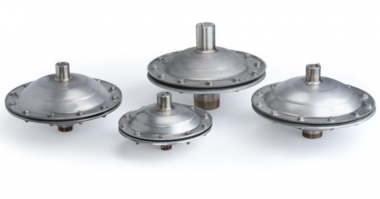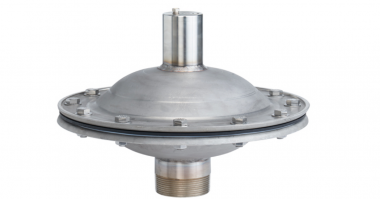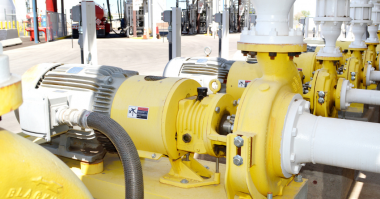In the latest edition of the Centrifugal Pump Minute, James Farley, Senior Director of Product Management for Griswold, discusses why the best efficiency point is so important and how it happens with a centrifugal pump. During the discussion, James also provides an example of pump reliability versus radial thrust.
I wanted to talk a little more detail about best efficiency point; why is this important and why does it even happen within a centrifugal pump. If you look at the pump design, it has to be designed for a specific operating condition and so the vein profile and the casing volute profile are all going to be designed for an optimal point of operation and that’s going to define the best efficiency point of the pump.
When you’re operating a pump at that best efficiency point, you’re going to see that you’re going to have the lowest radial loads. On this chart, on the vertical axis is the thrust and reliability of the pump and then on the horizontal axis you’re going to see the percent of BEP flow. As you can see on the example, when you’re operating a pump at best deficiency point (which is the 100 percent mark) the radial load as shown in blue is very low and that’s because the impeller in the case is designed to operate at that particular flow rate as you see. As you begin to operate the pump to the left or right of that point, you’re going to start seeing a higher thrust load on the shaft and that thrust load is going to start creating and consuming more energy. It’s also going to start causing higher vibration levels because it’s not the optimal point for the pump to operate. In the red curve you can see what this mean in terms of pump reliability and so right at the best efficiency point you’re going to get the highest reliability of the pump. As you start operating to the left or right, the reliability of the pump is going to start to decline.
Every pump manufacturer is going to give you specifications for an acceptable operating range for that particular pump and the design of that pump. And in many situations, there’s a recommendation that pumps should operate between 70-120 % of BEP or at least specific speeds that are less than or equal to 4500. This is going to be your preferred operating range for that pump because it’s going to give you an acceptable reliability. If you start operating at lower flow rates or higher flow rates the pump’s still going to run but the vibration and the loads on the pump may cause it to have a lower life. If you look at some pump manufacturers because of the way they design their pumps, shafts, and power frames they are able to expand that operating range making pumps more reliable which is an area you can see some differentiation in pump design.
Watch more Centrifugal Pump Minutes!




Comments